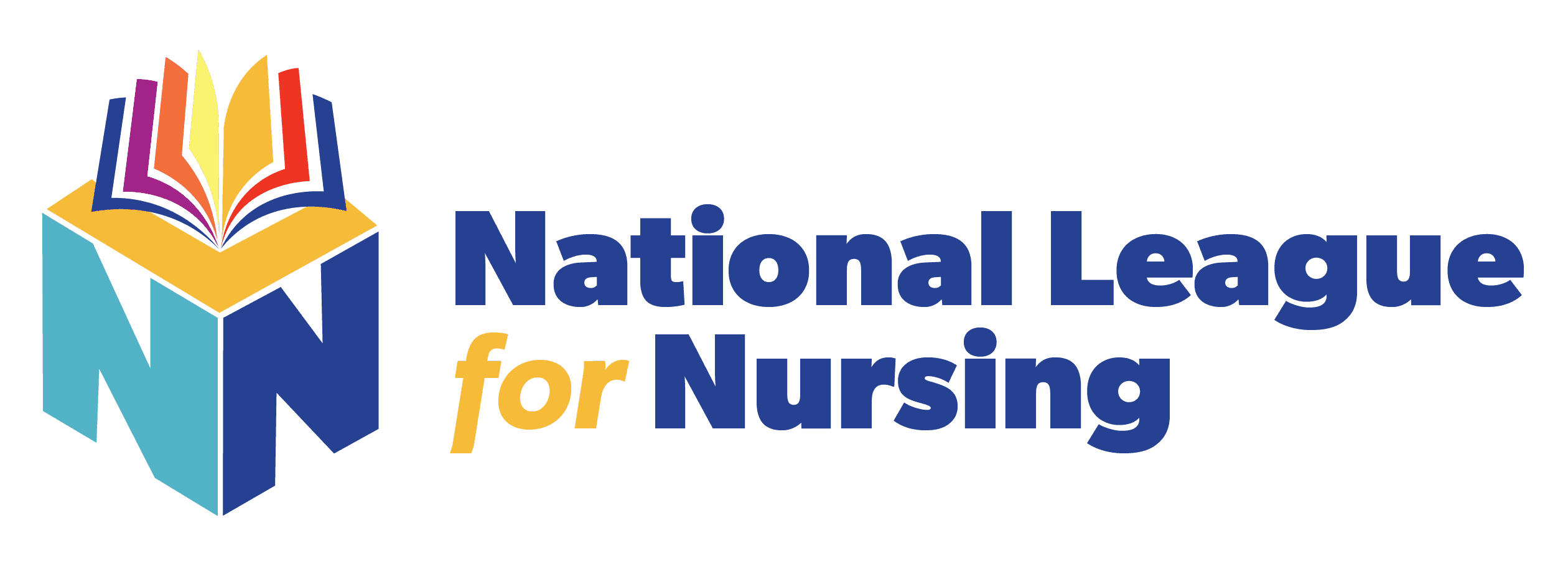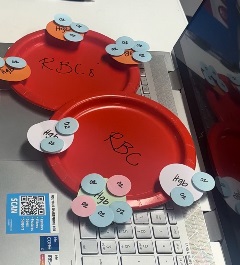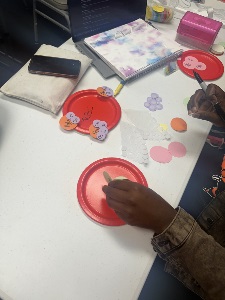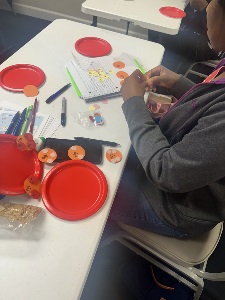HomeGrown Solution: Oxygen on Board: A Hemoglobin Journey
Title
Oxygen on Board: A Hemoglobin Journey
Submitted by
Latoya Smith
HomeGrown Solution Number
Identification of the Problem
The "Oxygen on Board: A Hemoglobin Journey" activity offers a highly effective, interactive, and visually engaging way for nursing students to understand complex physiological concepts related to hemoglobin, oxygenation, and anemia. The activity simulates real-life clinical scenarios, allowing students to experience the dynamic relationship between hemoglobin and oxygen transport in a hands-on manner. This type of learning is critical because traditional lecture-based approaches may not always effectively convey how low iron, anemia, or hypoxia can impact a patient's oxygen saturation and health.
Unique Idea
The activity is a unique, low-cost solution to common simulation challenges, offering high engagement, adaptability, and realism in a way that enhances the suspension of disbelief. It allows nursing students to visualize and manipulate core physiological concepts, bridging the gap between theoretical knowledge and practical application in clinical scenarios. By providing a scalable, interactive, and cost-effective alternative to high-tech simulations, this activity addresses universal needs in the simulation arena, standing out for its simplicity, accessibility, and educational impact.
Objectives
- Describe the role of hemoglobin in oxygen transport within red blood cells.
- Explain how iron deficiency affects hemoglobin levels and oxygen-carrying capacity.
- Demonstrate how varying hemoglobin and oxygen levels influence oxygen saturation in the body.
- Identify clinical implications of low oxygen saturation and its impact on patient health.
- Apply critical thinking to simulate real-world scenarios of anemia and low oxygen saturation and discuss potential nursing interventions.
Supplies/Ingredients
- Red paper plates (representing red blood cells)
- Large construction paper circles (representing hemoglobin)
- Small construction paper circles (representing oxygen molecules)
- Self-adhesive dots (to connect RBCs, hemoglobin, and oxygen)
- Markers for labeling
Steps to Creating the Solution
1. Label the Components
Red Paper Plate: Label this as RBC (Red Blood Cell) using a marker.
Large Construction Paper Circles: Label these are Hemoglobin
Small Construction Paper Circles: Label these as Oxygen.
Use self-adhesive dots to attach the hemoglobin circles to the red blood cell (RBC), and then attach the oxygen circles to the hemoglobin.
2. Simulate Full Oxygenation
Start with four hemoglobin molecules attached to the RBC.
Attach four oxygen molecules to each hemoglobin to demonstrate full oxygen saturation (each hemoglobin can carry four oxygen molecules).
Explain: This represents a healthy RBC with sufficient hemoglobin and full oxygenation.
3. Simulate Low Oxygen Saturation
Remove one or two oxygen molecules from each hemoglobin.
Explain: This models a situation where there is less oxygen available in the bloodstream (e.g., during hypoxia or respiratory problems). Discuss how this affects oxygen saturation and the patient's symptoms (e.g., shortness of breath, fatigue).
4. Simulate Iron Deficiency/Anemia
Remove one or more hemoglobin molecules from the RBC.
Attach oxygen to the remaining hemoglobin molecules, but leave empty spaces for the removed hemoglobin.
Explain: This represents iron deficiency anemia. With fewer hemoglobin molecules, the RBC cannot carry as much oxygen.
Relate this to symptoms like pallor, weakness, and fatigue in patients with anemia.
5. Simulate Treatment Effects
Adding Hemoglobin: Attach more hemoglobin to the RBC, and add oxygen molecules to the newly added hemoglobin.
Explain: This simulates the effect of treatments (like iron supplements or blood transfusions) that increase hemoglobin and improve oxygenation.
Removing Oxygen: Remove oxygen without removing hemoglobin to simulate respiratory failure or poor lung function.
Images
Video
HomeGrown Disclaimer
The information contained within this website is for information purposes only. While the website is monitored in an attempt to keep the information up to date and accurate, be aware that there are no representations or warranties of any kind, express or implied, about the completeness, accuracy, reliability, and/or suitability being made. The sponsors of this website are not liable for any loss or damage that may result from using information contained within this website. Any reliance you place on the information contained within this website is strictly at your own risk.
Please note that sections of this website include postings of individuals not associated with the website sponsors. These postings are not endorsed or warrantied by the website, and use of such information is at your own risk.
Always check the user guide/manuals provided by the manufacturer of your manikin or task trainer. Using products that are not sanctioned may invalidate the product warranty. (For example: Some products could stain the skin on a manikin. Liquids used around electrical parts may cause malfunctions.)




